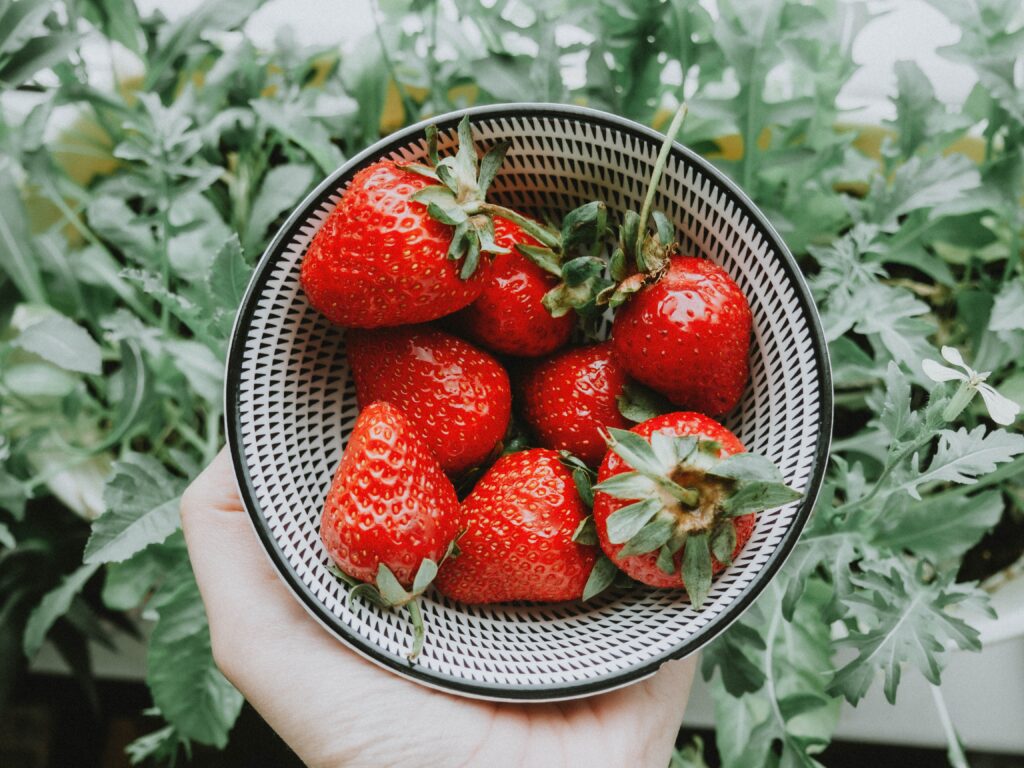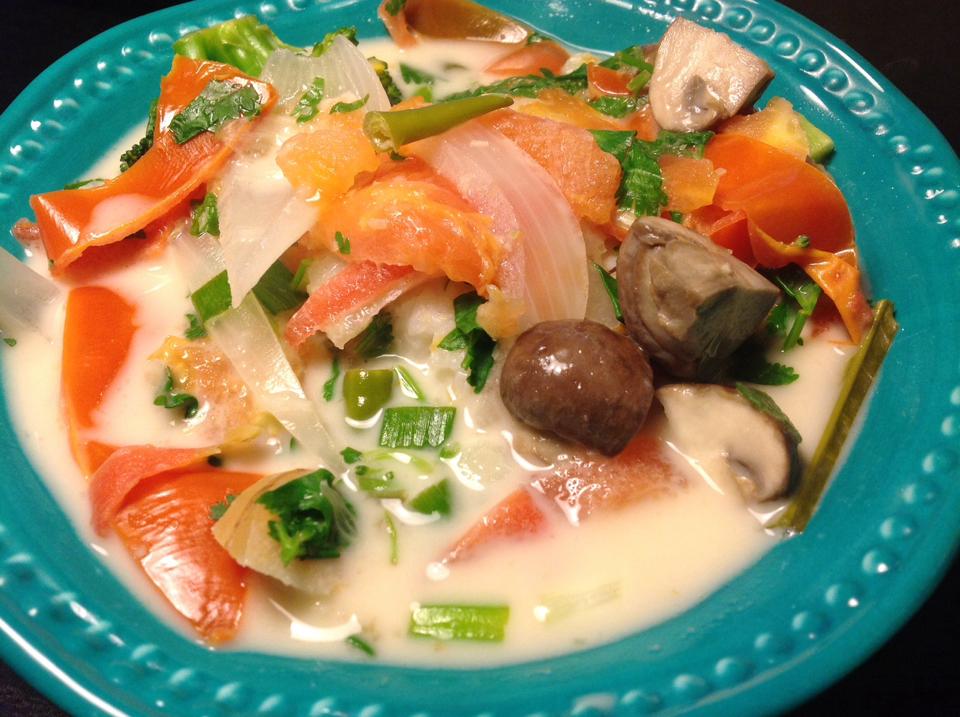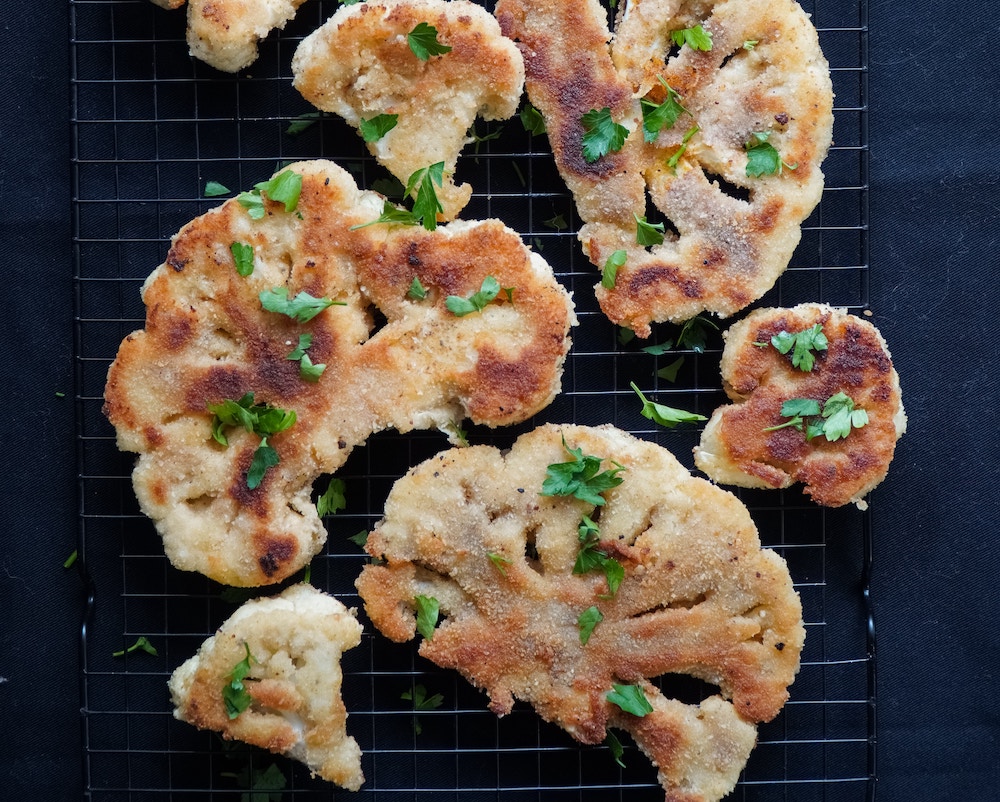As summer winds down into fall, there is tons of delicious fresh produce available to enjoy. Sweet corn, strawberries, peaches, watermelon, summer squash, tomatoes…there are many ways to enjoy summer’s harvest. However, like many foods, we waste much of this produce. Food waste is a huge problem in the United States. Typically we are taught to think that only parts of a fruit or vegetable can be eaten. Yet it is often safe to eat different parts of these produce items. For example, leafy green carrot tops are often discarded. Yet carrot tops are edible and rich in many important vitamins and minerals. They can easily be transformed into a delicious pesto or added to a salad. The same principle is true for many other foods.

What is Food Waste?
Utilizing all parts of foodstuffs can help reduce the widespread food waste that plagues food systems. Food waste occurs when food that is still fit for consumption is thrown away. There are a variety of factors that contribute to food waste. According to Feeding America, 119 billion pounds of food is wasted each year in the United States alone. This is particularly alarming given that an estimated 783 million people worldwide go hungry every day.
Not only is food waste a huge social problem, it is also an environmental issue. When food is discarded and ends up in landfills it rots and emits methane. Methane is a greenhouse gas that is 25 times more potent than carbon dioxide. Additionally, wasting food means wasting the resources used to grow that food. Reducing food waste not only helps feed more people, but also helps the environment.
Fortunately, there are several ways to prevent food waste on an individual level (although large scale action is necessary). Plan meals ahead and buy only what is needed to avoid throwing food out. Chop up produce that is about to go bad and freeze it. Small actions can go a long way in preventing food waste. Additionally, be sure to use the entirety of your fruits and vegetables. Try one of these five easy ways to ensure that you are using all of your delicious summer produce.
Zero Waste Summer Recipes
1. Strawberry Top Tea
While the leafy green tops of strawberries are edible, most of us don’t particularly enjoy eating them. However, they are full of iron, vitamin C, and calcium. They can also help alleviate arthritis pain. So, even if you don’t eat the green top along with the rest of the strawberry, be sure to repurpose them! After eating some delicious strawberries, or using them in a recipe, you can use the leafy tops to make a delicious tea. You can either add a few fresh strawberry tops to eight ounces of boiling water, or dehydrate them to use later.
To dehydrate strawberry tops, you can use either a dehydrator or the oven. If using the oven, preheat to 200°F. Spread the tops out in a single layer on a nonstick baking pan. Pop them in the oven for a few hours, or until the leaves and fruit are dried. Store them in an airtight container. To make tea using dried strawberry leaves, simply pour boiling water over them and let steep for ten minutes.
2. Corn Cob Broth
Nothing says summer quite like corn! Whether grilled on the cob, or used to make these Zucchini Corn Tacos, this vegetable is sure to please everyone. However, once you’re done gnawing on the cob, what are you supposed to do with it? Luckily, making a veggie broth is a great way to use up all kinds of food scraps.
To make corn cob broth, simply place the cobs (and any other veggie scraps such as onion skins, carrot ends, or celery trimmings) in a soup pot. Then, cover with water and simmer for a few hours. Once the broth is done simmering, remove it from the heat and let it cool to room temperature before straining and storing.
3. Pickled Watermelon Rind
Depending where you grew up, pickled watermelon rind may already be familiar to you! This summertime delicacy has the perfect crunch, and is a great addition to summertime salads. To make pickled watermelon rind, first collect the rinds from one watermelon (maybe try making this delicious Minty Watermelon Cocktail). Trim the hard outer layer from the rind using a paring knife. Then, prepare your pickling liquid. While there are many different ways to flavor pickling liquid, the most basic is a combination of vinegar, water, salt, and sugar.
The amount of pickling liquid needed will vary depending on the amount of rind you are working with. However, for one small watermelon this recipe should do the trick. Simply combine one cup white vinegar and one cup water. Bring to a boil over medium heat. As soon as the liquid is boiling, remove from heat and stir in ½ cup of sugar and one tablespoon of salt. Stir until the sugar and salt are combined. Then, pour the mixture over the watermelon rind in an airtight glass container. Shake well, then let sit at least overnight.
4. Pineapple Peel Tepache
Although pineapples are only grown in a few places within the U.S., their sweet, tropical flavor screams summer. However, the peel and core of the pineapple are tough to eat and are generally discarded. Fortunately, instead of tossing them, you can use them to make a refreshing fermented drink called Tepache! According to popular Tepache brand De La Calle, the drink dates back to pre-columbian Mexico. The original forms used corn, however it has evolved into a pineapple-based beverage. To learn how to make your own tepache, check out this post by Dana Drosdick! It is also important to note that tepache is mildly alcoholic.
5. Strawberry Top Balsamic Vinaigrette
Back to strawberry tops! Another great way to use these guys up is to use them to make a strawberry balsamic vinaigrette. Simply take about a cup of strawberry tops and place them in a clean, airtight container. Then, pour about 2 tablespoons of balsamic vinegar into the container and shake vigorously. Let sit overnight in the fridge. After sitting overnight, remove the strawberry tops (but don’t throw away). To the balsamic vinegar, add 3 tablespoons of extra virgin olive oil, one tablespoon of lemon juice, 1 ½ tablespoons of honey, and salt and pepper to taste. Incorporate the vinaigrette (and the balsamic soaked strawberry tops) into a delicious salad.
These are just a few ways to incorporate overlooked produce parts into your cooking. For other Peaceful Dumpling resources on reducing food waste, check out these articles.
- 15 Things You Probably Didn’t Know You Could Compost
- 13 Ways to Fight Food Waste
- Can’t Compost? Here’s How to Get Creative With Food Waste
- I Finally Started Making Oat Milk at Home. Here’s Why You Should Too
- These Zero Waste Food Companies are Paving the Way to a Circular Economy
__
Photo: Anastasia Zhenina via Unsplash




